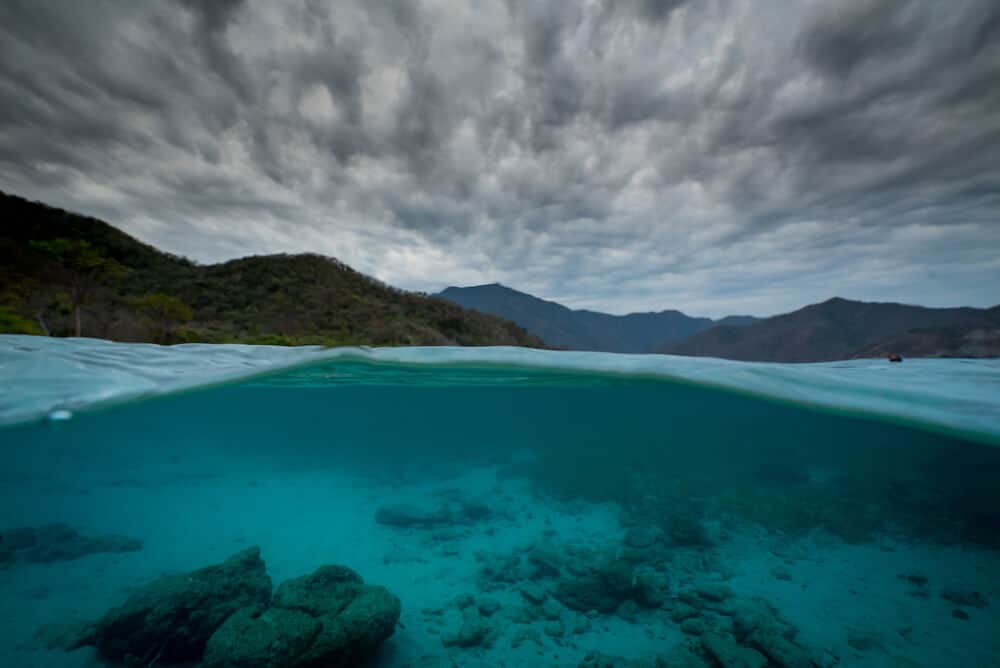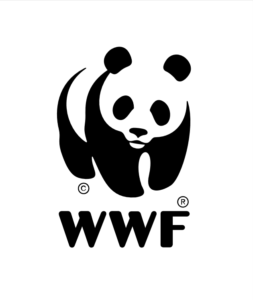Today is European Fish Dependence Day, the moment when the EU has used up all its own seafood resources and must rely entirely on imports for the rest of the year to meet demand. This year it falls about a whole month earlier than in 2000. Illegal fishing and overfishing are eroding food security – to end this, transparency in the industry must be improved, allowing consumers to make sustainable choices.
Europe consumes far more seafood than it can catch in domestic waters or produce in fish farms. More than half of the yearly demand comes from abroad, and developing countries account for about half of the imports.
Austria is the first country to run out of fish, only reaching January 17 before exhausting its own supply. The UK, as a seafaring nation, would reach September 7, still leaving around four long months relying entirely on imports.
Fish Dependence Day is about one month earlier now compared with the year 2000. Thirty years ago, Europe could meet demand with fish from domestic waters until September or October.
Although some European fish stocks have stabilized – due to action taken under the EU Common Fisheries Policy – too many stocks are still overfished, and EU self-sufficiency is still too low. According to the EU Commission, 41% of assessed fish stocks in the Atlantic are considered overfished. This figure rises to 88% in the Mediterranean. Overfishing also affects fish stocks in developing countries, which depend on this valuable resource.
“Overfishing and illegal fishing are destroying marine ecosystems and eroding food security around the world,” says Environmental Justice Foundation’s Executive Director Steve Trent. “Transparency measures, such as those laid out by EJF’s Charter for Transparency, would allow businesses and consumers to secure legal, sustainable and ethical seafood, eradicating most illegal fishing, and the human rights abuses that often accompany it. In Europe we depend heavily on fish imports, especially from developing countries. The EU therefore has a lead role to play in promoting transparency and sustainability worldwide.”
On average, each European citizen consumes 22.7 kg of seafood products each year. Portugal (55.3 kg), Spain (46.2 kg), Lithuania (44.7 kg), France (34.4 kg), and Sweden (33.2 kg) have the highest consumption rates in the EU. Together, these five countries account for about one third of EU fish consumption.
Only four countries produce as much or more than they consume (Croatia, Netherlands, Ireland and Estonia). The vast majority of EU countries depend on fish imports.
NOTES TO THE EDITOR:
Read the full report: Out of the shadows: Improving transparency in global fisheries
Watch EJF’s film on transparency: Out of the shadows
EJF’s Charter for Transparency calls on all states to follow ten key principles.
* The New Economics Foundation’s seventh annual update of the Fish Dependence report, first published in 2010, includes figures for self-sufficiency levels and fish dependence days based on the latest complete information available for all EU27 member states*. Source: New Economics Foundation. Fish Dependence 2018 Update [note: no 2019 update] – The reliance of the EU on fish from elsewhere.
https://neweconomics.org/uploads/files/NEF_FISH-DEPENDENCE-18_DIGITAL.pdf
* In 2013, Croatia became the 28th Member State of the European Union. However, the report is based on 2013 data and refers to only EU27 member states.
















